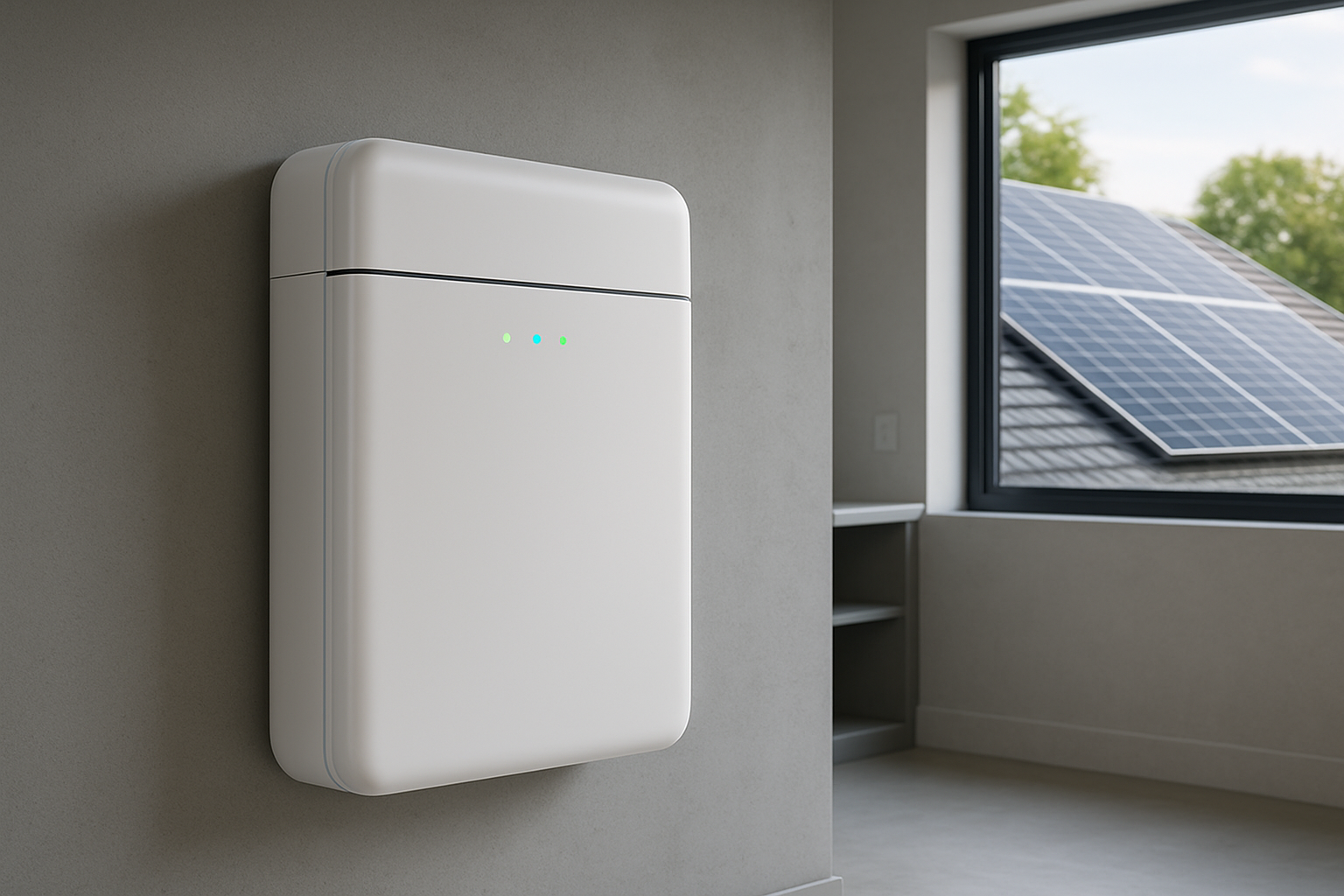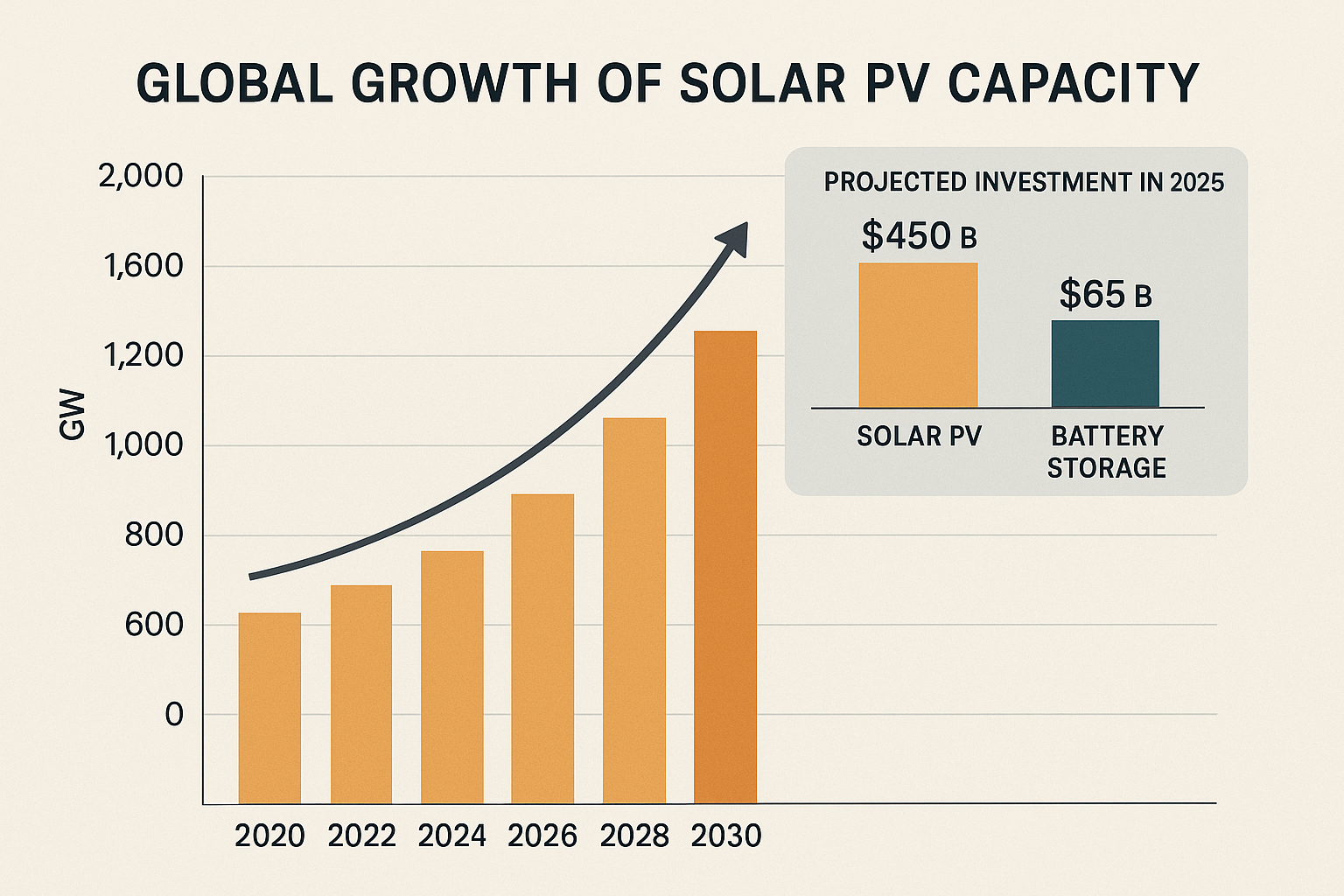
Investing in solar energy represents a significant step towards energy independence and environmental stewardship. Understanding the financial benefits, particularly the Solar ROI (Return on Investment) and Payback Period Solar, is crucial for making an informed decision. This guide provides a comprehensive look at these key metrics, helping you evaluate your Solar Energy Investment.
The solar industry has seen remarkable progress. The average cost of solar PV panels dropped by over 60% since 2010. This trend continues to make solar power more accessible and economically attractive. As a company with years of experience in solar and energy storage, we focus on providing reliable and scalable energy solutions. Our expertise in lithium battery manufacturing, energy storage systems (ESS), and integrated ESS development helps homeowners and businesses achieve true energy independence.
Understanding Solar ROI and Payback Period
Calculating the Solar ROI and Payback Period Solar helps you assess the financial viability of a solar system. These metrics show how quickly your investment generates savings and when it becomes profitable.
What is Solar ROI?
Solar ROI measures the profitability of your solar energy investment. It compares the net financial gain from your solar system to its initial cost. A higher ROI indicates a more financially attractive investment. This gain comes from reduced electricity bills, potential incentives, and increased property value. You can find more detailed methods for calculating ROI, including Internal Rate of Return (IRR) and Net Present Value (NPV), in our article: How to Calculate Solar IRR, NPV and True Payback with Incentives.
What is Solar Payback Period?
The Payback Period Solar is the time it takes for your cumulative Solar Panel Cost Savings to equal the initial investment. It indicates how quickly you recover your upfront expenses through energy bill reductions and other financial benefits. A shorter payback period generally means a faster return on your investment. While simple, this metric does not account for the entire economic life of the system after payback. For a more in-depth understanding of solar payback, refer to: The Ultimate Guide to Solar ROI and Payback Periods in 2025.
Factors Influencing Solar ROI and Payback Period
Many factors affect how quickly your solar investment pays for itself. Understanding these elements helps you maximize your Solar Panel Cost Savings and improve your Solar ROI.
Initial System Costs and Incentives
The upfront cost of a solar installation is a primary factor. This includes solar panels, inverters, mounting hardware, and installation labor. While hardware costs have decreased significantly, "soft costs" like permitting, inspection, and interconnection fees can comprise a substantial portion of the total price of residential solar energy systems, reaching up to 64% of the total. For example, in the US, the Inflation Reduction Act (IRA) offers tax credit extensions for solar PV, significantly reducing the net cost of installation. Similarly, European countries have announced plans like REPowerEU to increase renewable targets and fast-track permitting.
- Federal and Local Incentives: Government tax credits, rebates, and grants directly reduce your net out-of-pocket expenses. These incentives make solar energy investments more appealing.
- Net Metering Policies: These policies allow you to sell excess electricity back to the grid, generating credits that offset your bills. However, net metering rules, especially in time-of-use markets, can affect payback. Myth vs Reality: Net Metering Payback in Time-of-Use Markets provides further insights.
- System Size and Equipment Quality: Larger systems generally cost more upfront but can generate greater savings. High-quality components, like ANERN's reliable LiFePO4 batteries and efficient solar inverters, ensure long-term performance and durability, contributing to consistent savings.
The following table illustrates the general breakdown of solar system costs:
| Cost Category | Description | Impact on Payback |
|---|---|---|
| Solar Panels | Cost of PV modules. | Higher quality often means higher efficiency and longer lifespan, leading to more savings over time. |
| Inverter | Converts DC to AC electricity. | Efficiency directly affects how much usable power your system generates. ANERN's solar inverters ensure optimal conversion. |
| Mounting Hardware | Racks and supports for panels. | Standard component, contributes to overall installation cost. |
| Installation Labor | Professional installation services. | Significant soft cost component; efficient installation reduces overall project time. |
| Permitting & Interconnection | Local permits and utility grid connection. | "Soft costs" that vary by region; streamlining these processes can significantly reduce project timelines. |
| Energy Storage (Optional) | Batteries for storing excess energy. | Increases initial cost but enhances self-consumption, grid independence, and can reduce payback by 3-5 years. Case Study: PV+Battery Hybrid Cuts Payback by 3–5 Years. |
Energy Consumption and Electricity Rates
Your household or business energy consumption patterns directly influence your Solar Panel Cost Savings. Higher electricity usage translates to greater potential savings from solar generation. Local electricity rates also play a crucial role. Areas with high and increasing electricity prices typically see faster paybacks.
- Time-of-Use (TOU) Rates: These rates charge different prices for electricity at different times of the day. A solar system, especially when combined with an ANERN home energy storage system, can help you maximize savings by storing energy during low-price periods and using it during high-price peak hours.
- Future Electricity Price Increases: Solar energy locks in your electricity costs, shielding you from rising utility rates. This long-term stability significantly enhances the financial appeal of solar.
Calculating Your Solar Payback Period
Calculating your Solar Payback Period requires a few key pieces of information. This process helps you project the financial benefits of your Solar Energy Investment.
Simple Payback Calculation
The simplest method involves dividing the total net cost of your system by your annual savings.
Payback Period (Years) = Net System Cost / Annual Savings
Net System Cost = Total System Cost - Incentives (tax credits, rebates)
Annual Savings = Annual Electricity Bill Savings + Value of any excess energy sold back to the grid
For example, if a solar system costs $25,000, and after incentives, the net cost is $18,000. If it saves you $1,800 annually on electricity bills, the simple payback period is 10 years ($18,000 / $1,800). This method provides a quick estimate but does not account for factors like system degradation or the time value of money. For more sophisticated calculations, consider using specialized tools. Toolbox Review: Best Calculators for Solar ROI and Payback offers insights into available tools.
Advanced Considerations for Accurate Payback Estimation
For a more precise Calculate Solar Payback Period, consider these additional factors:
- System Degradation: Solar panel efficiency typically declines by a small percentage each year (around 0.5% - 1%). This means slightly less electricity generation over time.
- Inflation: The value of money changes over time. Accounting for inflation provides a more realistic view of future savings.
- Operations and Maintenance (O&M) Costs: While solar systems require minimal maintenance, accounting for any potential cleaning or minor repairs ensures a complete financial picture.
- Cost of Capital (WACC): If you finance your solar system, the Weighted Average Cost of Capital (WACC) impacts the true cost of your investment. Stop Guessing: Model Payback with WACC, Degradation and TOU Rates can help you model these complex scenarios.
Solar Energy Investment for Different Applications
The ideal Solar ROI and Payback Period Solar can vary depending on whether you are installing solar for a home, a business, or an off-grid application.
Residential Solar Solutions
For homeowners, solar panels offer substantial Solar Panel Cost Savings on monthly electricity bills. Many residential systems aim for a payback period between 6 to 12 years, though this varies significantly by location and incentives. ANERN’s home energy storage systems, which integrate high-performance LiFePO4 batteries, hybrid inverters, and solar panels, enhance self-consumption and grid independence, leading to faster paybacks. This integration maximizes the use of generated solar power, especially during peak demand hours, offering greater control over your energy usage. What Is a Good Solar Payback Period for Homes vs Businesses? explores these differences in detail.
Commercial and Industrial Solar Applications
Businesses often have higher energy demands, leading to larger potential savings and often faster payback periods compared to residential systems. Commercial solar installations can also benefit from specific business tax incentives and depreciation schedules. Integrating ANERN's scalable energy storage systems can further optimize energy management for businesses, reducing peak demand charges and providing backup power. This improves operational resilience and financial returns.
Off-Grid Solar Solutions
For properties without grid access, such as remote homes, farms, or cabins, off-grid solar solutions provide essential power. While the initial investment might seem higher due to the necessity of robust battery storage, the absence of monthly utility bills means immediate and ongoing savings. ANERN specializes in off-grid solar solutions, featuring our durable LiFePO4 batteries. These batteries are crucial for reliable power in isolated locations. The payback in these scenarios is often measured not just in financial terms but also in the value of energy independence and consistent power supply. Off-Grid Systems: Estimating Payback with LiFePO4 Storage offers specific guidance for these systems.
Enhancing Your Solar ROI with Energy Storage
Adding energy storage, such as ANERN's advanced lithium batteries, significantly impacts your Solar ROI and can shorten your Payback Period Solar.
Maximizing Self-Consumption
Solar panels often generate more electricity during the day than a property consumes. Without storage, this excess energy typically goes back to the grid (via net metering). With a home energy storage system, you can store this surplus for use during the evening or on cloudy days. This maximizes your self-consumption, reducing reliance on grid electricity and increasing your Solar Panel Cost Savings. The IEA highlights that installing battery storage systems with distributed solar PV can effectively increase self-consumption.
Grid Services and Resilience
Beyond self-consumption, energy storage systems can provide grid services, potentially generating additional revenue streams in certain markets. More importantly, they offer resilience against power outages, ensuring a continuous power supply. This added security and independence contribute to the overall value of your Solar Energy Investment. Hybrid systems, combining solar PV with battery storage, are increasingly deployed to enhance grid flexibility.
ANERN's LiFePO4 batteries are at the core of our high-performance energy storage solutions. They are known for their safety, reliability, and long cycle life, making them an ideal choice for both residential and commercial applications. Our integrated ESS solutions simplify installation and optimize performance, ensuring you get the most out of your solar investment.
The Path Forward for Your Solar Energy Investment
The solar industry continues to evolve, with ongoing cost reductions for solar PV modules and lithium-ion batteries. Policy support, like the US Inflation Reduction Act and Europe's REPowerEU Plan, further enhances the financial attractiveness of solar projects. While getting projects up and running has often been slow due to permitting and other practical obstacles, efforts are underway to streamline these processes.
Understanding Solar ROI and the Payback Period Solar is fundamental to making a sound Solar Energy Investment. By considering all relevant factors, from initial costs and incentives to your energy consumption patterns and the benefits of integrated energy storage, you can accurately Calculate Solar Payback Period and project your long-term Solar Panel Cost Savings.
Our commitment is to provide reliable and scalable energy solutions. We help you navigate the complexities of solar adoption, ensuring you achieve energy independence with confidence. Whether you are looking for a comprehensive home energy storage system or a robust off-grid solution, our products—including high-performance LiFePO4 batteries, efficient solar inverters, and integrated ESS—are designed to deliver lasting value.
Embark on your path towards a sustainable and financially rewarding energy future. Our team is ready to assist you in designing a system that meets your specific needs and helps you realize the full potential of your solar investment.





Leave a comment
All comments are moderated before being published.
This site is protected by hCaptcha and the hCaptcha Privacy Policy and Terms of Service apply.